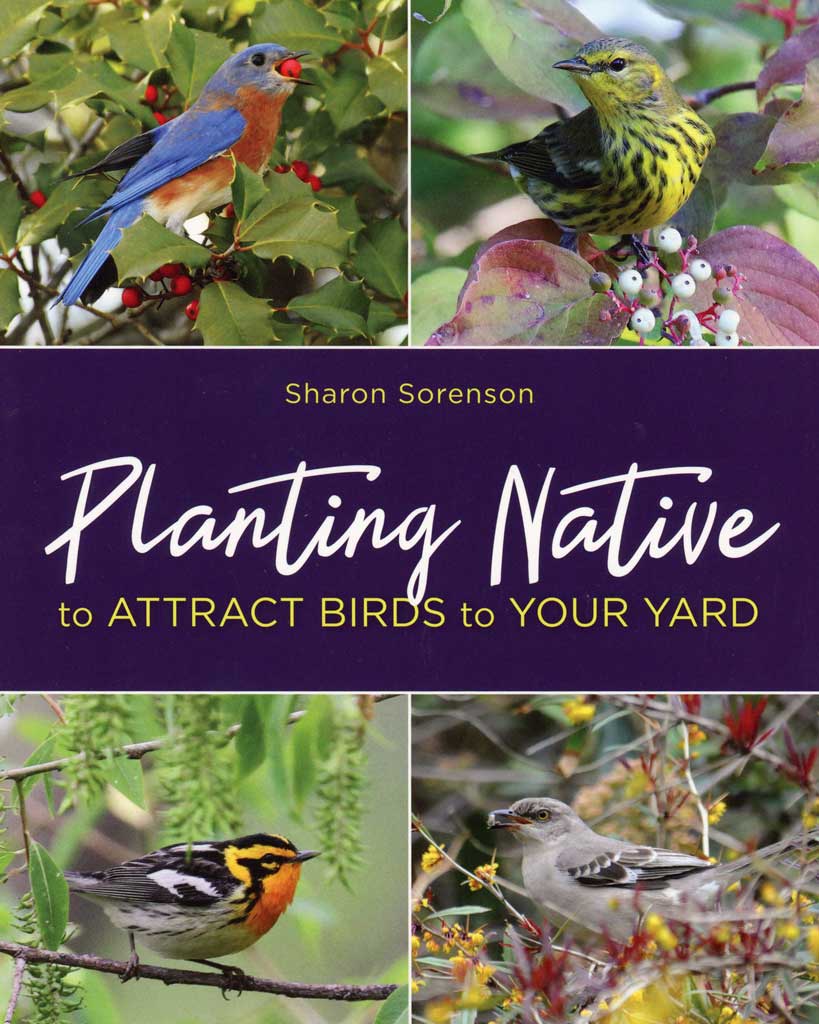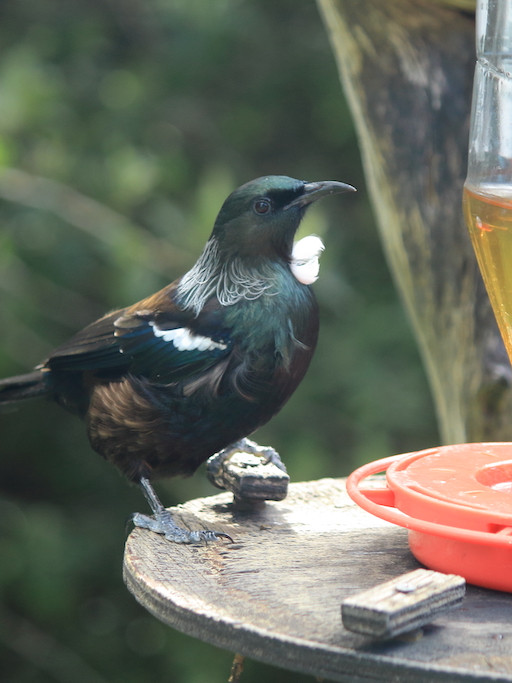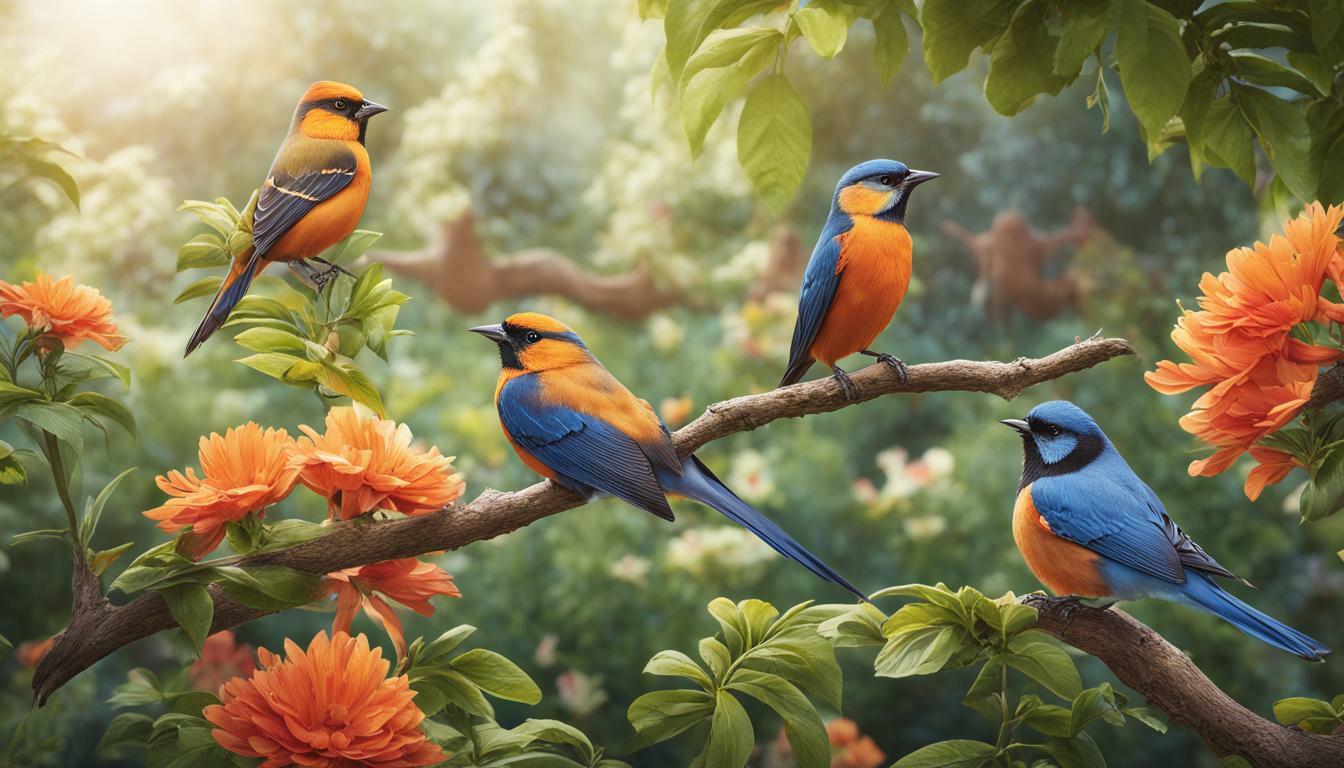How to Attract Birds to Your Garden with Native Plants

Imagine transforming your garden into a vibrant sanctuary, alive with the melodies of native birds. Picture the delight of watching these feathered friends flit from branch to branch, their colors contrasting beautifully against the lush greenery. Creating a bird-friendly garden is not only a rewarding hobby but also a significant contribution to local ecosystems. By incorporating native plants, you can attract a diverse array of birds, turning your backyard into a thriving avian haven. Let's dive into the world of native plant gardening and discover how to attract birds to your garden with native plants.
The Magic of Native Plants
Native plants are the cornerstone of a thriving bird garden. These plants have evolved alongside local wildlife, providing essential food, shelter, and nesting materials. By choosing native species, you're not only supporting the local ecosystem but also creating a garden that requires less maintenance and is more resilient to pests and diseases.
Why Native Plants Matter
Native plants are perfectly adapted to your region's climate and soil conditions. They require less water and fertilizer, making them an eco-friendly choice. Moreover, they provide a rich source of nectar, seeds, and berries that attract a variety of birds. In contrast, non-native plants often lack the nutritional value that birds need, and they can disrupt local ecosystems by outcompeting native species.
Choosing the Right Bird-Friendly Plants
Selecting the right plants is crucial for attracting birds to your garden. Here are some tips to help you make informed choices:
Understanding Bird Preferences
Different birds have different preferences when it comes to food and habitat. For example, hummingbirds are drawn to nectar-rich flowers, while finches prefer seeds. By planting a variety of native plants, you can cater to a wide range of bird species.
Top Native Plants for Bird Gardens
- Sunflowers (Helianthus spp.): These tall, striking flowers produce seeds that are a favorite among many bird species, including finches and chickadees.
- Coneflowers (Echinacea spp.): Known for their vibrant colors, coneflowers attract bees and butterflies, and their seeds are a treat for goldfinches.
- Serviceberries (Amelanchier spp.): These shrubs produce berries that are loved by a variety of birds, including thrushes and waxwings.
- Milkweed (Asclepias spp.): While primarily known for attracting monarch butterflies, milkweed also provides nectar for hummingbirds and seeds for other birds.
- Oak Trees (Quercus spp.): Oaks support a wide range of insects, which in turn provide food for many bird species.
Designing Your Bird-Friendly Garden
Creating a bird-friendly garden involves more than just planting the right species. The layout and design of your garden can significantly impact its appeal to birds.
Layering Your Garden
A well-designed bird garden should have multiple layers, mimicking the structure of a natural habitat. This includes:
- Ground Cover: Low-growing plants that provide shelter and food for ground-dwelling birds.
- Shrubs: Medium-height plants that offer cover and nesting sites.
- Trees: Tall plants that provide perches, nesting sites, and a variety of food sources.
Adding Water Features
Birds need water for drinking and bathing. Adding a birdbath, pond, or fountain can make your garden even more attractive to birds. Ensure the water is clean and shallow enough for birds to safely access.
Maintaining Your Native Bird Garden
A thriving bird garden requires regular maintenance to keep it healthy and attractive. Here are some tips to help you maintain your garden:
Pruning and Deadheading
Regular pruning helps keep your plants healthy and encourages new growth. Deadheading, or removing spent flowers, can prolong the blooming season and prevent the spread of disease.
Providing Nesting Materials
Leave some dead branches and leaves in your garden to provide nesting materials for birds. You can also add nesting boxes to encourage birds to raise their young in your garden.
Avoiding Pesticides
Pesticides can be harmful to birds and other wildlife. Opt for natural pest control methods, such as introducing beneficial insects or using organic pesticides.
Conclusion
Creating a bird-friendly garden with native plants is a rewarding endeavor that benefits both you and the local ecosystem. By choosing the right plants, designing your garden thoughtfully, and maintaining it with care, you can attract a diverse array of birds to your backyard. Imagine the joy of watching these beautiful creatures thrive in a sanctuary you've created. So, why wait? Start your native plant gardening journey today and transform your garden into a vibrant bird haven.
FAQs
What are the benefits of using native plants in a bird garden? Native plants are adapted to local conditions, require less maintenance, and provide essential food and habitat for local wildlife.
How can I attract hummingbirds to my garden? Plant nectar-rich flowers like trumpet honeysuckle, bee balm, and columbine to attract hummingbirds.
Should I provide bird feeders in my garden? Bird feeders can supplement the natural food sources in your garden, especially during winter. However, they should not replace the diverse diet provided by native plants.
How can I make my garden more attractive to birds in the winter? Provide evergreen plants for shelter, berry-producing plants for food, and a heated birdbath for water.
What are some common mistakes to avoid in a bird-friendly garden? Avoid using pesticides, removing all dead branches and leaves, and planting non-native species that can disrupt local ecosystems.


0 Response to "How to Attract Birds to Your Garden with Native Plants"
Post a Comment